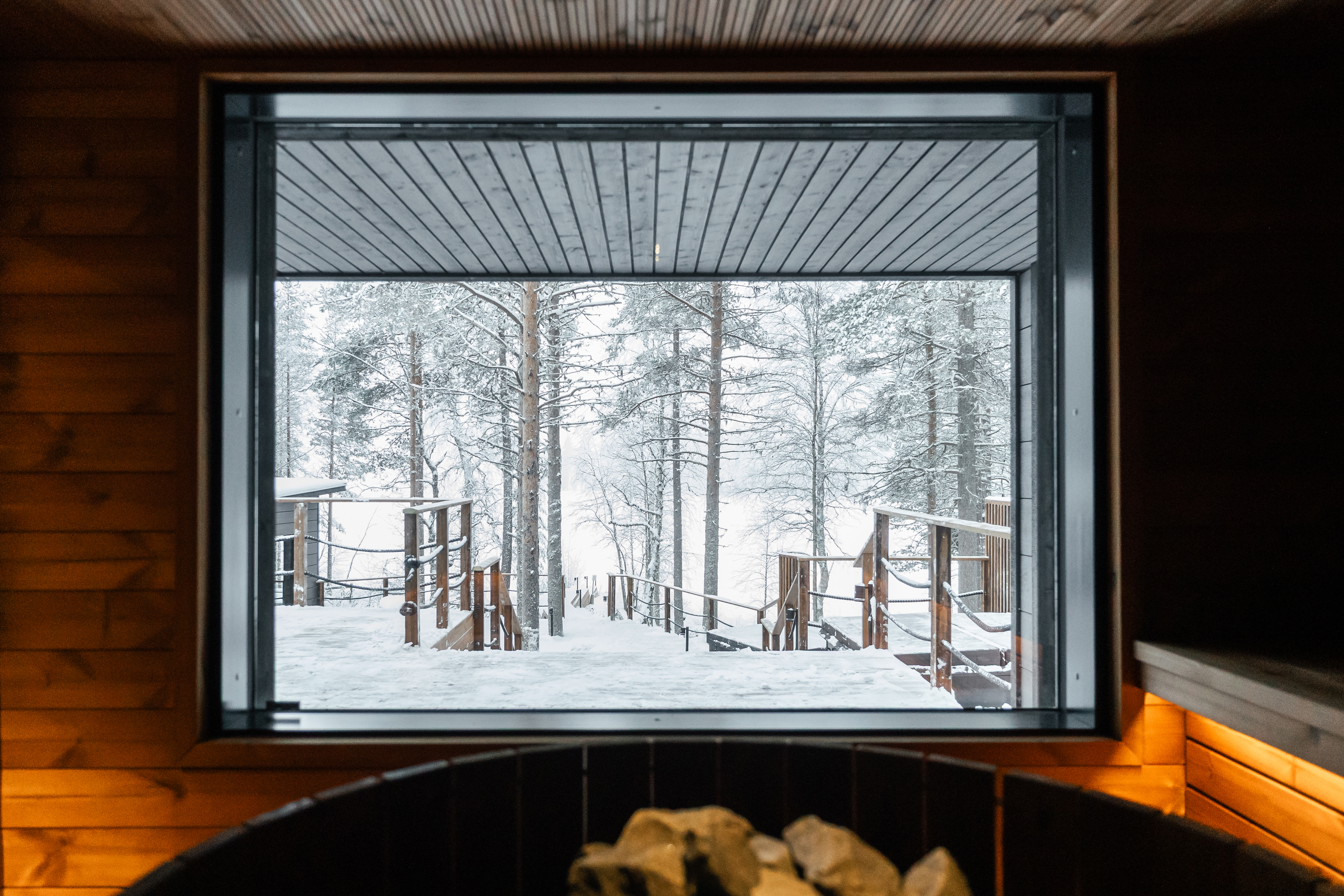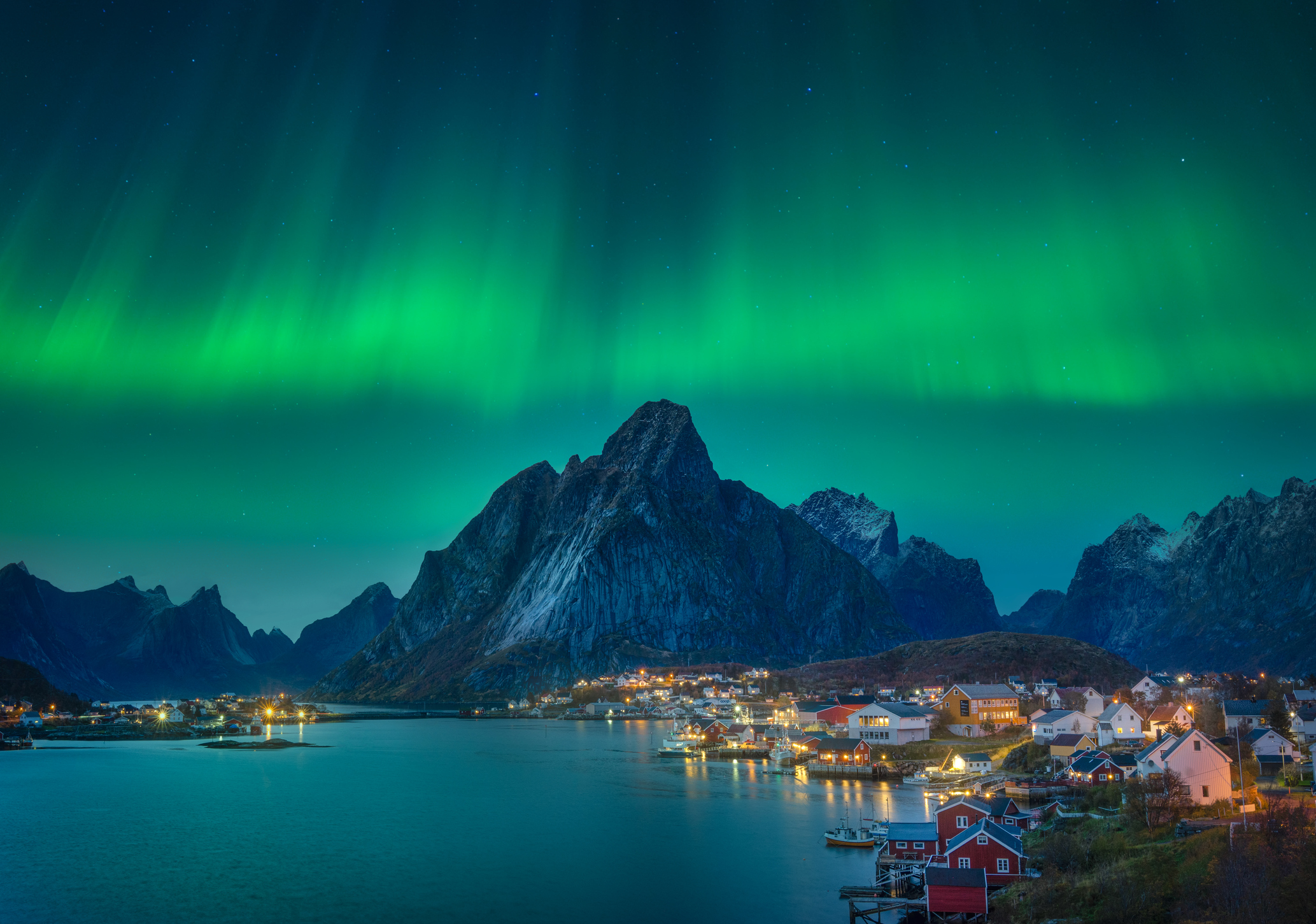Three top walking destinations in the UK
As autumn arrives, it’s time to get your boots on and head for the country, says Chris Carter


This week, keen hikers are heading to South Wales for the Gower Walking Festival (gowerwalkingfestival.uk), which runs until Sunday 19 September. The festival, postponed since June and pared back this year due to the pandemic, aims to celebrate the peninsula’s landscape and heritage with events that vary in terrain, distance and setting, says Liz Edwards in The Sunday Times. Of course, walkers can and do come here all year round, but the festival brings together visitors and locals, and attracts new walkers. Even locals don’t know all the footpaths, which is what makes the guided walks so interesting. The main event on Sunday is a free, family-friendly rock-pooling walk in Bracelet Bay. “At low tide we found limestone rocks knobbly with limpets, glossy heaps of bladderwrack, carrageen and laver seaweeds, and countless pools”, says Edwards, on a preview visit. “It was empty… and at each new pool we felt like explorers.”
Hurrah for the lumberjills
Thetford Forest, Britain’s largest lowland forest, straddling the Suffolk-Norfolk border, hasn’t been a forest for very long, says Nick Hallissey in Country Walking magazine. This ancient region, called the Brecks, was originally sandy heathland, and in Neolithic times, it was worked heavily for flint-mining. In the Middle Ages, the land was broken up (“Brecks” means “broken land”) into tithed parcels for cultivation, which led to damaged soil, unmanaged irrigation and stripped woodland. Sand blew in and eventually the landscape came to resemble a sandy desert. During World War I, Britain developed a thirst for timber, and the area was identified as a prime planting zone. The new forest was tended to by the Women’s Land Army during World War II, who, as “lumberjills”, tended to every aspect of its management. Today, Thetford Forest, “mature and proud”, abounds with trails. It is a place “where wildlife can thrive, kids can play and walkers can walk”.
Ireland’s Appalachian Trail
The Appalachian Trail wasn’t content with its thousands of kilometres spanning the eastern US, says Sarah Baxter for Wanderlust magazine. The International Appalachian Trail (IAT) has spread across borders, linking what was once a single mountain range “rippling across the supercontinent of Pangea 175 million years ago”. The IAT’s Ulster chapter (walkni.com/iat) runs 485km along the north of the island of Ireland and has just been improved with new signs and trail art. It’s a diverse route, starting on the Atlantic coast by the “sea-smacked” peak of Slieve League. It then heads into the Blue Stack Mountains, “past peaceful Lough Eske and Killeter Forest, via the Sperrins (Glenelly Valley is a highlight), along the rocks and bays of the Causeway Coast and through the glens of Antrim, finishing by the Irish Sea at Larne”.
MoneyWeek
Subscribe to MoneyWeek today and get your first six magazine issues absolutely FREE

Sign up to Money Morning
Don't miss the latest investment and personal finances news, market analysis, plus money-saving tips with our free twice-daily newsletter
Don't miss the latest investment and personal finances news, market analysis, plus money-saving tips with our free twice-daily newsletter
Get the latest financial news, insights and expert analysis from our award-winning MoneyWeek team, to help you understand what really matters when it comes to your finances.

-
 The graphene revolution is progressing slowly but surely
The graphene revolution is progressing slowly but surelyEnthusiasts thought the discovery that graphene, a form of carbon, could be extracted from graphite would change the world. They might've been early, not wrong.
-
 How Javier Milei led an economic revolution in Argentina
How Javier Milei led an economic revolution in ArgentinaFollowing several setbacks, Argentine president Javier Milei's pro-market reforms have been widely endorsed in a national poll. Britain will need the same
-
 How to profit from the UK leisure sector in 2026
How to profit from the UK leisure sector in 2026The UK leisure sector had a straitened few years but now have cash in the bank and are ready to splurge. The sector is best placed to profit
-
 The best luxury saunas, spas and icy plunges
The best luxury saunas, spas and icy plungesRestore your mind and body with luxury fire and ice experiences, from warming saunas to icy plunges
-
 8 of the best properties for sale with indoor gyms
8 of the best properties for sale with indoor gymsThe best properties for sale with indoor gyms – from a four-storey mews house in London’s Knightsbridge, to a 1920s Arts & Crafts house in Melbury Abbas, Dorset
-
 8 of the best houses for sale with beautiful fireplaces
8 of the best houses for sale with beautiful fireplacesThe best houses for sale with beautiful fireplaces – from a 15th-century cottage in Kent to a 17th-century palazzo in Oxfordshire
-
 The top last-minute Christmas gifts
The top last-minute Christmas giftsIt’s not too late to give the perfect present this festive season – we round up a selection of last-minute Christmas gifts worth giving
-
 Lights, camera, action: Where to see the Northern Lights
Lights, camera, action: Where to see the Northern LightsThe Northern Lights are the most spectacular they’ve been in years. Here’s where to see them
-
 8 of the best ski chalets for sale now
8 of the best ski chalets for sale nowThe best ski chalets on the market – from a traditional Alpine-style chalet in Switzerland to an award-winning Modernist building in Japan’s exclusive ski areas
-
 The best Christmas gifts for your loved ones
The best Christmas gifts for your loved onesWe round up the best Christmas gifts with a touch of luxury to delight, surprise and amaze family and friends this festive season